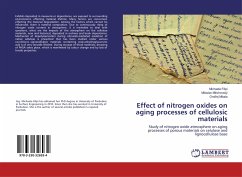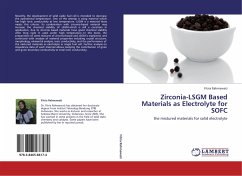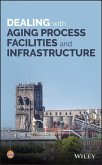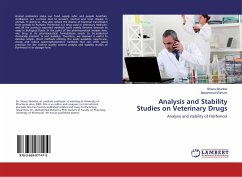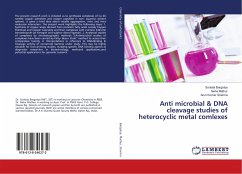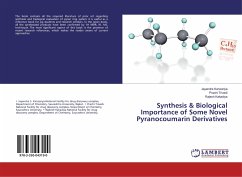This book is dedicated to stability and ageing studies of Praseodymium based nickelates as cathodes for Solid Oxide Fuel Cells (SOFCs). With this respect Ln2NiO4+d (Ln=La, Pr or Nd) compounds with the K2NiF4 type structure act as alternative cathode materials for IT-SOFC due to their mixed ionic and electronic conductivity (i.e. MIEC properties). Pr2NiO4+d shows excellent electrochemical properties at intermediate temperature (i.e. low polarization resistance Rp value, Rp = 0.03 .cm² at 700 °C), while La2NiO4+d exhibits higher chemical stability. So, the properties of La2-xPrxNiO4+d nickelates were investigated with the aim to find best compromise between chemical stability and electrochemical performances. As an interesting point, even after complete dissociation of Pr2NiO4+d into PrNiO3-d, Pr4Ni3O10+d and Pr6O11, the polarization resistance does not show significant change. So finally, two new materials PrNiO3-d and Pr4Ni3O10+d were investigated as SOFCs cathode showing very promising results for Pr4Ni3O10+d in symmetrical cell (Rp (Pr4Ni3O10+d) = Rp (Pr2NiO4+d) = 0.15 .cm² at 600 ° C) and single cell (1.6 W.cm-2 at 800 °C).
Bitte wählen Sie Ihr Anliegen aus.
Rechnungen
Retourenschein anfordern
Bestellstatus
Storno


